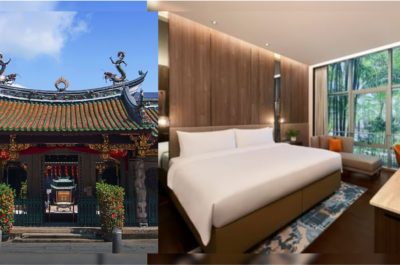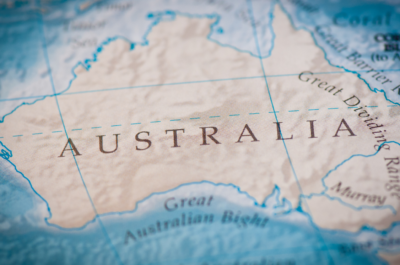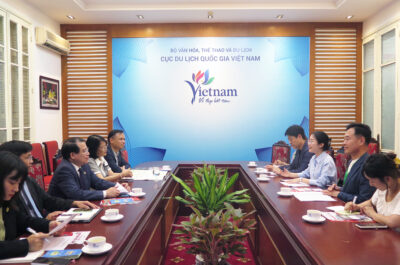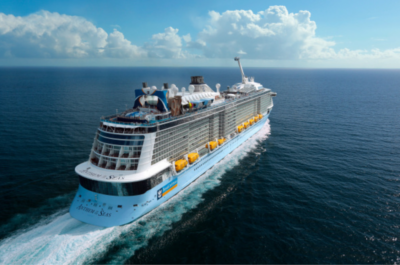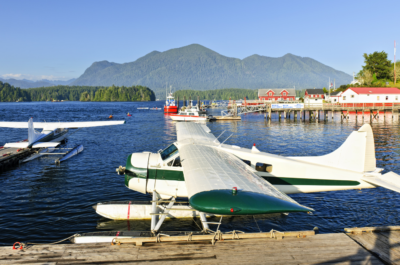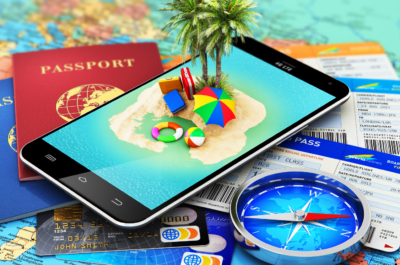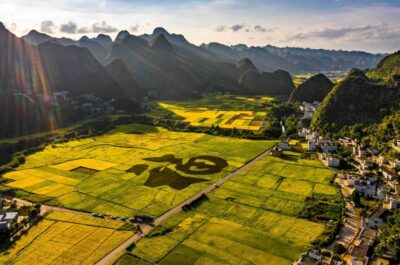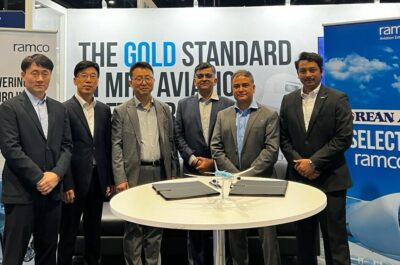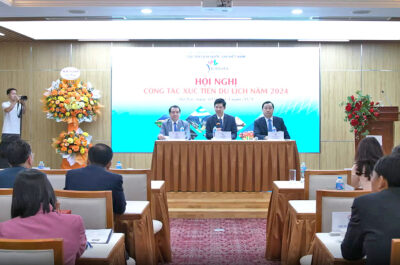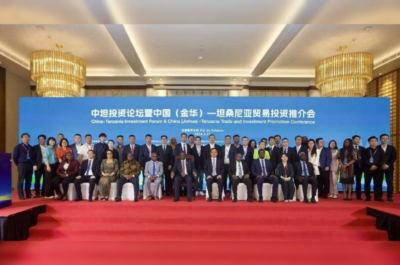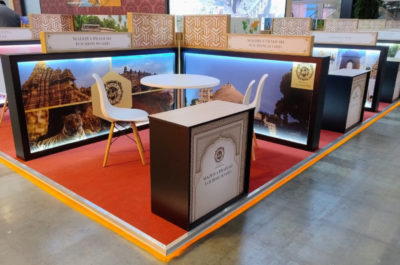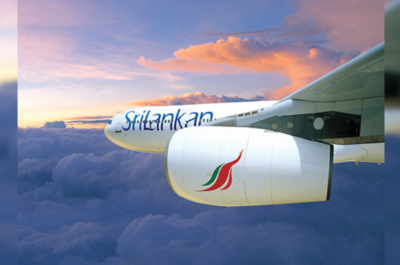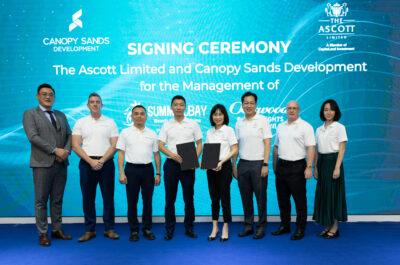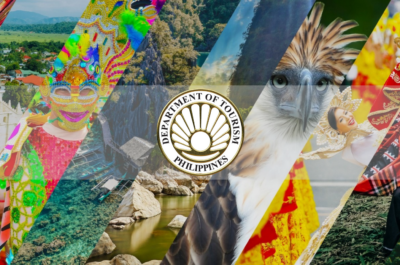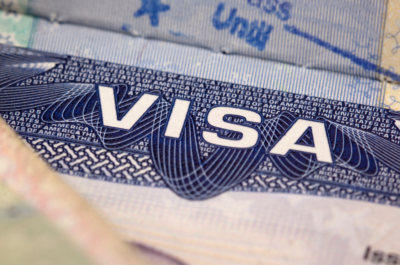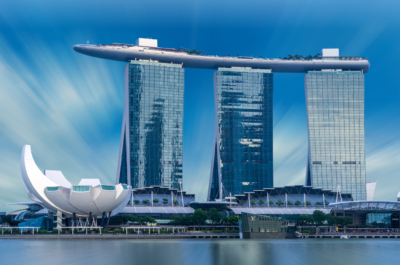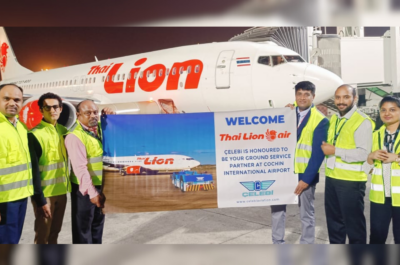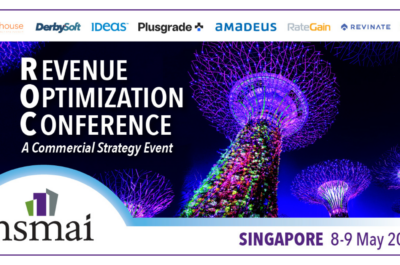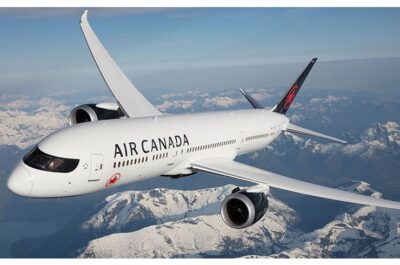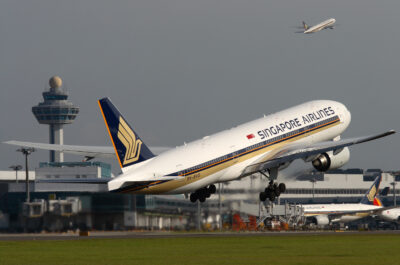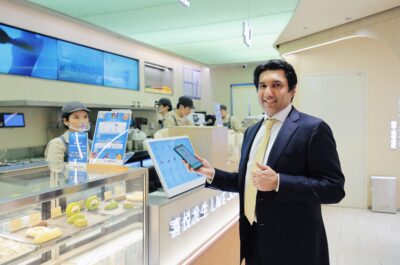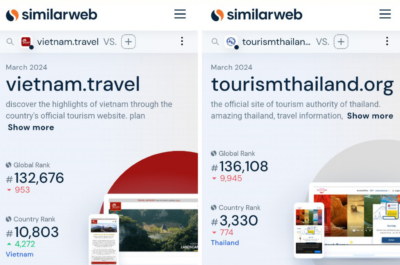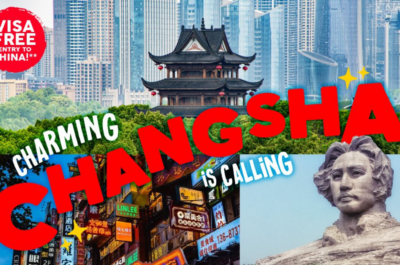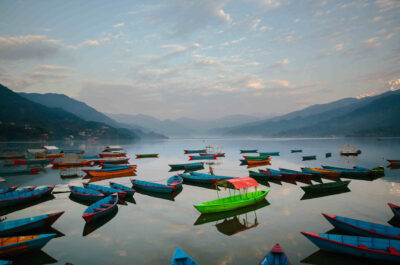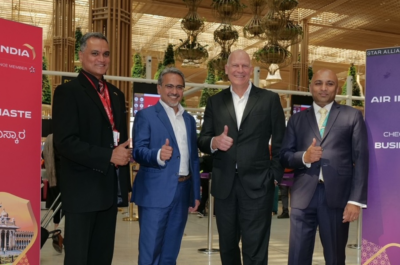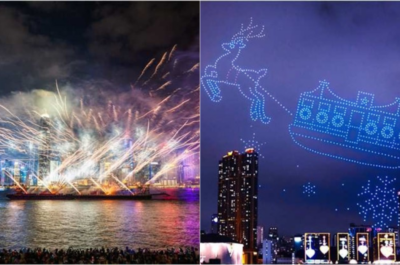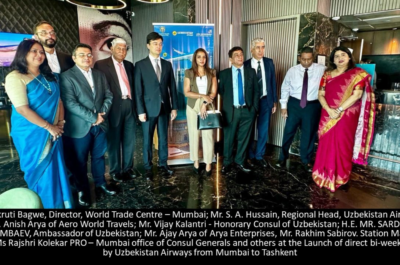…
A context for tourism promotion
Promoting tourism products successfully requires a context that allows your audience to appreciate what your country has to offer to visitors. That context is the overall image, or brand, of your country.
If, for example, your country is widely viewed as a modern, secure, clean and efficient state, your chances of getting tourists to visit attractive destinations are good. What’s more, if a nation is known for its unique features, whether they be cultural, artistic, natural or man-made, positive curiosity will provide a context that encourages tourists to discover first-hand something new or at least interesting.
If, on the other hand, your country is known for civil war, widespread crime and corruption, inadequate infrastructure or an unfriendly population, the task of encouraging tourists to visit your destinations is very difficult. You have to either pretend all those disincentives don’t exist, or convince your audience that they will have no impact on a visit to your country.
Think about it. If you are heading to a vacation destination that looks like paradise in the brochures or on the net, but when you arrive you are kept in a long line at passport control at an airport that is dirty and has no climate control, and then you are exposed to sweaty men fighting over who will take you in his taxi, and on and on, your vacation will be spoiled and you are unlikely to return to that country.
The point is that tourism branding and promotion cannot be conducted successfully without consideration of the context for tourism, which is the state of the country itself. Or, conversely, tourism branding and promotion can best be developed in the context of successful nation branding and promotion.
The purpose of nation branding
We live in a world where countries are trying to become the same in terms of infrastructure and quality of life. However, national objectives, including a universal core agenda to promote trade, investment and travel/tourism, are best achieved through differentiation. Countries need to take a critical look at themselves and ask: “Why should companies invest here or tourists come here, rather than go to other countries for investment and tourism?”
This self-critical analysis might well lead to recognition of what needs to be done to make your country more attractive. Is your legal system robust and fair? Is private property and foreign investment protected? Do you have the services in place that business and tourists need? Do you have the transportation facilities needed for travel and trade?
This self-analysis is the starting point of a nation branding process, because a brand must be truthful and believable. Every country has strengths and weaknesses and a good brand will project a nation’s strengths while recognizing its weaknesses. The good news is that a nation’s brand is not fixed in stone; it evolves as the country evolves. Thus even if you know there are many things to improve in your country, there is no reason to delay branding, which can be a key tool in helping you get to where you want to be as a nation.
The purpose of nation branding is to position your country in the best way possible in the world system, given its strengths and weaknesses.
And nation branding is not simply coming up with a cute logo and tag line. It has a much deeper purpose: to position a nation so that it can achieve the maximum success in the world system, including garnering the maximum international recognition and clout, robust business relations with the world, and a healthy tourism industry. By doing this, a nation brings the maximum benefit to its people by giving them dignity, and by creating jobs and wealth.
Corporate lessons and tools
In the world of business, this is corporate, rather than product or service, branding. General Electric, for example, makes everything from jet engines and locomotives to refrigerators and irons. It also provides financial services. Each of these products and services has its own brand, which is promoted separately. But they are also all supported by the corporate brand, with the GE logo and “Imagination at Work” tag line.
Successful corporations manage their brands carefully because all of their products and services can either benefit from a good brand or be damaged by misuse of the corporate brand. Also, these corporations tend to invest heavily in promoting their corporate brands because it is an efficient way to promote all of their products and services at the same time as part of a single budget.
Branding has grown into a science that employs certain proven methods and techniques, including research among stakeholders, benchmarking, etc. And while nation branding is more complex than corporate branding, because of the complex nature of countries, many of the tools developed in the corporate world can be used in the nation branding process.
However, nation branding is a specialized field because the complex elements that make up a nation and the diverse objectives of government need to be understood deeply and fully for the branding process to be successful.
Branding is not advertising
Branding is a process that should be undertaken before money is spent on image-formation and messaging, and hence before communications strategies and plans are decided, advertising campaigns are initiated, web sites built or public relations paid for. However, most countries do it the other way round: they allocate budgets for advertising, web sites, PR, etc, without having a brand to communicate.
Every nation is a brand
It is a somewhat new way of looking at a country, but every nation is a brand. That is, it has an image in the minds of people living elsewhere, at least those people who are aware of its existence. Some countries are known for good things, some for bad, and some are largely unknown. This last group is probably the most fortunate, because little-known countries have the greatest opportunity to establish a brand from scratch.
The problem is that most countries have had their brands made for them. Their history, or current events, as described by others (historians, mass media, etc) have shaped their image, good or bad. Hence Sudan is associated with civil war, inter-religious conflict and poverty, Iraq with suicide bombings and widespread violence, Cuba with Fidel Castro’s Marxism, etc. But meet a Sudanese, Iraqi or Cuban, and you will know that these countries have wonderful people and many good points.
But even a ‘nice’ image, such as Switzerland being known as a land of cuckoo clocks and chocolates, can be a problem for a country. For one, cuckoo clocks and chocolates have little to do with the success of an economy that boasts half of Europe’s top ten companies, in everything from financial services to pharmaceuticals and food processing. And the Swiss certainly want to be known for their real value and real contribution to the world system.
Governments must lead the branding process
Clearly, no one in the world will create a good brand for your country. Why should they? News organizations are interested in ‘bad news’ such as wars, disasters and the like. Who is there to make that attractive image for you?
The logical conclusion is that each country must take control of its own brand. This means that it must invest in its brand, as well as the management and promotion of that brand. This is a task that must be led by governments. Only a national government knows the full agenda of the country and has the power and resources to lead the nation in a branding process.
Nevertheless, governments must get the buy-in of all the key stakeholders, including NGOs, the business community, etc. With this participation in the branding process, these stakeholders will then become natural promoters of the brand. Furthermore, if the government takes an initiative that is intelligent and clearly of benefit to the whole country, it is likely to get the willing support of other stakeholders. After all, every citizen and organization in a nation would like to be part of a positive image for the country.
A nation’s brand is complex
One should not think that branding a nation successfully is an easy task. In fact there are few if any examples of such a success. Countries are made up of a mix of elements, including location, peoples, cultures, religions, traditions, industries, habits, natural resources and often complex histories. A successful brand will embody and represent the diverse positive elements that comprise a nation. Hence, we at East West Communications call a nation’s brand a metabrand. That is, a brand that embodies several complex elements, possibly including other brands.
Most commonly, countries have depended on a tourism brand for their national identity. However, this can be problematic. For example, famously the Cool Britannia campaign initiated by Prime Minister Tony Blair to help repair damage done by the outbreak of Mad Cow disease in the United Kingdom was considered a failure, despite many millions of dollars spent on the campaign. The main problem was the Cool Britannia brand was far too narrow. It might have served the tourism sector well, or part of it, but industry as a whole, including manufacturing, IT, financial services, etc, were not at all happy with it. The campaign did nothing to help them, and they saw it as ultimately damaging to Britain’s overall image and hence to their interests.
A good brand will take into account the complexity of the nation it seeks to embody, and be believable. At the same time it will differentiate the nation from all others, putting it in the best light possible, without exaggeration or distortion of the truth.
Depending on a tourism brand is risky
Many countries have depended on their tourism brand to project a positive image about the nation as a whole, but there is the risk that the tourism brand is too narrow or limited, as in the Cool Britannia case. Furthermore, in an age of global terrorism, a tourism brand can be highly vulnerable. We have seen that terror attacks at tourist destinations, such as Luxor in 1997, Bali in 2002 and Sharm El Sheikh earlier this year, can result in huge financial losses and a set-back for the country in general.
In the cases cited here, Egypt and Indonesia both lost billions of dollars in tourism-related business, but also in their stock markets, in reduced investment levels and other related difficulties. For both of them, tourism was the only positive image they projected to the world. Neither had invested in a broader brand that supported industry, investment and trade. And they haven’t done so since. This is a risky approach.
Building on a tourism brand
However, in some cases tourism brands have been successfully extended to serve a nation as a whole. A case in point is Spain’s famous sun by Joan Miro, with its tag line: Everything Under the Sun. Although essentially a brand adopted to promote tourism, it has also served to make Spain seem a modern, warm and inviting country, for business as well as tourism. When Franco died in 1975, Spain was a European backwater. Today it is a dynamic and successful member of the European Union. After investing hundreds of millions of dollars in promoting its brand, tens of millions of tourists flock there every year, and its economy is robust and developing well. The Barcelona Olympics in 1992 certainly helped, but the City of Barcelona was able to win the Olympics in the first place due to successful branding and development beforehand.
Spain has been fortunate with the success of its brand. Other countries might also seek to extend a tourism brand to cover the country generally, but this is not always easy, especially if your tourism products are strictly sea, sun and sand. A better strategy is to create a brand identity for the nation that supports tourism, including a tourism brand.
Many countries are now seriously thinking about the process and benefits of nation branding, but in many instances the task seems overwhelming in its magnitude, and governments simply don’t take action.
In these cases, it might be wise for tourism branding to take on as much of the role of nation branding as possible. Looked at in its broadest sense, the tourism sector includes much of what makes up a nation, including infrastructure, government and private services, the environment, etc, and there is a good argument for a tourism brand to embrace those elements, especially in the absence of a nation brand.
All these considerations must be carefully crafted into any tourism communications strategy and be delivered with maximum creative impact to the target audiences. In this way the nation branding process is initiated through tourism branding.
The nation branding process
The techniques used in branding nations are largely taken from the corporate world and adapted to the particular circumstances of countries. In particular, any credible branding process must begin with in-depth research and analysis, including getting the input of stakeholders. With this information, as well as an articulation of the nation’s vision, brand-building can begin in earnest.
It is difficult for us humans to see ourselves in a true perspective, as others see us. Even in the corporate world, outside branding consultants are used to help corporate executives make wise decisions about their all-important brands.
Likewise, it is difficult for a nation to see itself clearly. Therefore, it is desirable for a country to seek a branding partner to conduct the research and analysis, to develop a creative brief, and to propose images and messages. Every nation owns its own brand, and must make all the critical decisions regarding its formation and management, but in the complex world we live in today, the advice of experts is essential to success.
Promoting the brand
The brand must be adopted internally first, then domestically, meaning throughout the nation, by all stakeholders. Only then can it be effectively promoted internationally. At this point, a variety of tools can be used to promote the brand, from web sites and trade missions to advertising campaigns and embassies abroad. Again, advice from a branding and communications partner is needed for these steps in the roll-out, management and promotion of the brand.
Thomas Cromwell is the president of East West Communications, based in Washington, DC, which advises the Communications and Press Department of the World Tourism Organization. He is considered one of the leading nation branding experts in the world

